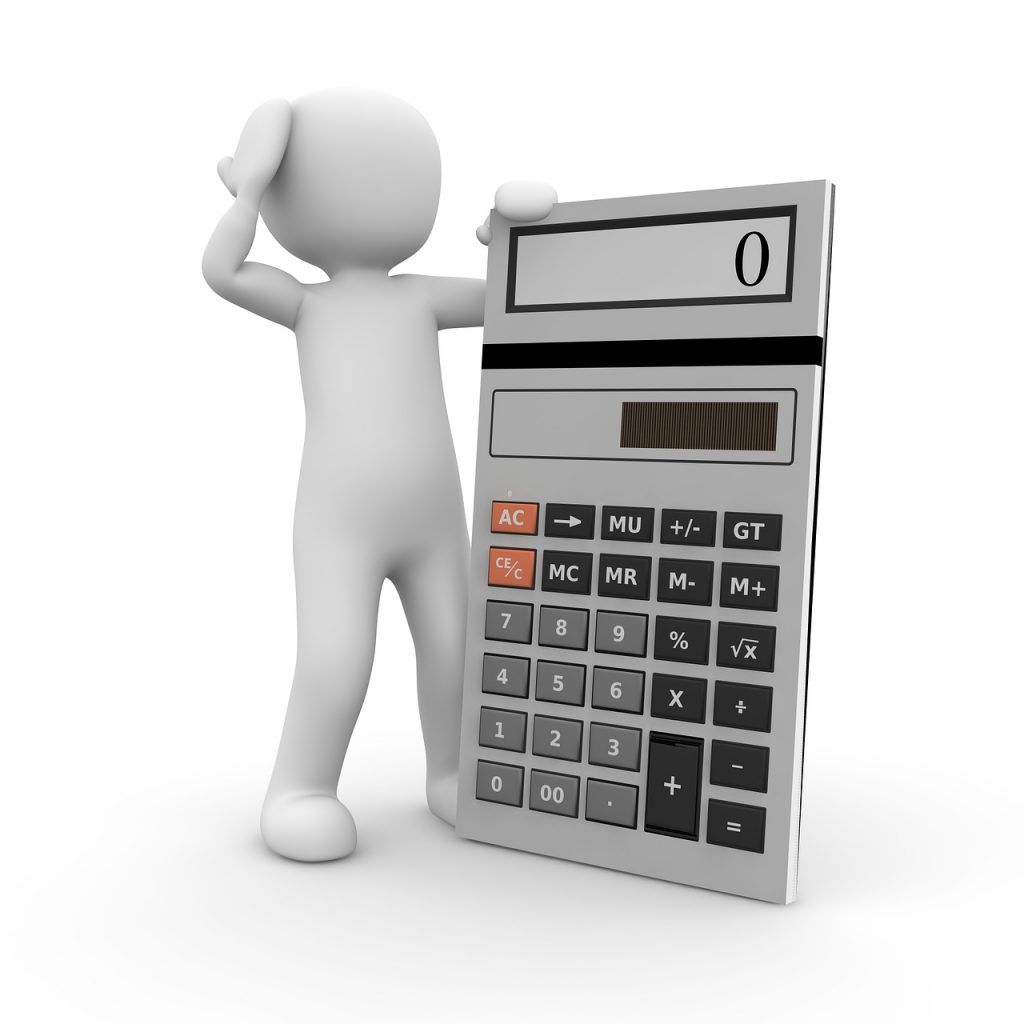There are over thirty million small businesses in the United States, and they play a massive role in the economy; therefore, it’s imperative that they have support as they navigate through the pandemic. The Small Business Administration (SBA) played a huge role in the survival of small businesses in 2020, and they continue to do so in 2021. The SBA provides support for small businesses and entrepreneurs all over the nation with free business counseling, business loans, disaster loans, and more. Small businesses must get these kinds of tools so that they can compete against larger corporations and continue to contribute. In order to obtain this relief, however, businesses must actually count as small businesses, or meet the “small business size standard”. If you have too many or too few employees, you may not qualify for SBA relief and must find help elsewhere.
Need to get a loan from the SBA? Let’s see how if you qualify as a small business!
What is the Small Business Size Standard?
There are certain government programs that require businesses to be of a certain size in order to receive a loan. Whether you need a PPP loan, a business loan, or another form of financial relief, you’ll need to know your business’s size. Ultimately if your business meets the standard size requirements, you are able to participate in government contracting programs and contracts.
What is a “Small Business”?
A size standard is based on the number of employees you have or the average annual receipts your business accumulates. The definition of “small” varies by industry; however, a small business can typically have a maximum of 250 employees or a maximum of 1,500 employees. Additionally, the SBA states that “The SBA assigns a size standard to each NAICS code. Most manufacturing companies with 500 employees or fewer, and most non-manufacturing businesses with average annual receipts under $7.5 million, will qualify as a small business”. These privately owned corporations, partnerships, and sole proprietorships have less revenue than large businesses.
The SBA has a table of standards that breaks down the acceptable sizes of small businesses. You can find the full table of size standards by industry in section 121.201 of the Electronic Code of Federal Regulations. Keep in mind that the size standards are expressed in millions of dollars. Here are some examples of size standards by industry:
- Utilities: The maximum number of employees ranges from 250 to 1,000. Those in the renewable electric power generation subsectors may have 250 employees maximum. Those who work at electric power and natural gas distribution businesses may have a maximum of 1,000 employees.
- Wholesale Trade: You may have 100 to 250 employees maximum.
- Mining: A maximum of 250 to 1,500 employees, depending on your subsector.
Other Qualifications to Keep in Mind
Not only do the number of employees matter, but the SBA has other qualifications that include:
- The location of your business must be in the United States or U.S. territory
- You must be a for-profit business
- The business must be independently owned and operated
- It is a minority company in a larger industry.
Calculating Your Small Business Size Standard
The size standard is mainly based on the average number of employees or the average annual receipts your business has. Calculating this on your own can take some work if you don’t have your paperwork in order, but it’s overall pretty easy.
- In order to figure out your size standard, you first must find your NCAIS Code
- Once you find your code, take a look at the “Size standards in millions of dollars” column and the “Size standards in number of employees” column. Those columns will show you how many maximum employees or receipts you were allowed to have.
- Add your gross receipts together (or employees together) to see if you qualify as a small business.
When adding your receipts, you must take all of your revenue into account. You can accrue that income from any source, including sales, interest, dividends, rents, royalties, fees, or commissions reduced by returns and allowances. Receipts are considered total income plus the cost of goods sold. You can find more specific information about viable receipts in section 121.104.
To add your employees, you must make sure that you add them correctly. The SBA counts all individuals as employees who’ve worked on a full-time, part-time, or other bases. This also includes any employee from a temporary agency, professional employee organization, or leasing concern. Volunteers and those who you do not pay don’t count as employees.
Additionally, you may also use this handy Size Standards Tool from the SBA to see if you qualify.
Getting Outside Help
If you’re still confused and unsure of your size standard, you should contact a size Specialist at your nearest SBA Government Contracting Area Office. Or, you may contact the Office of Size Standards by email at [email protected] or by phone at (202) 205-6618.





